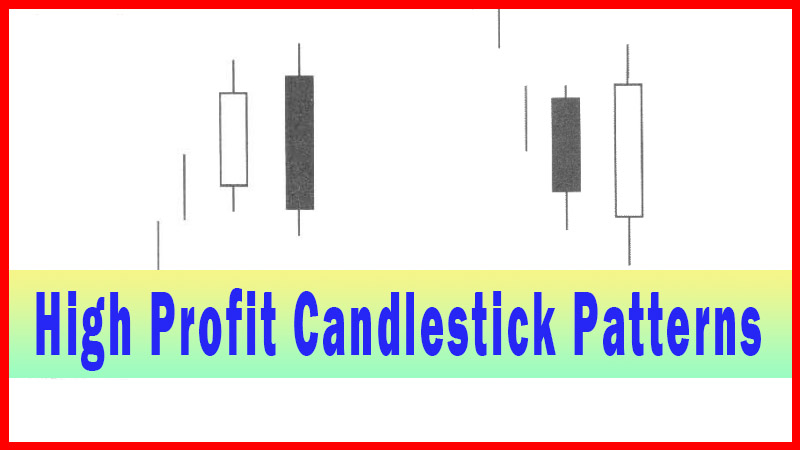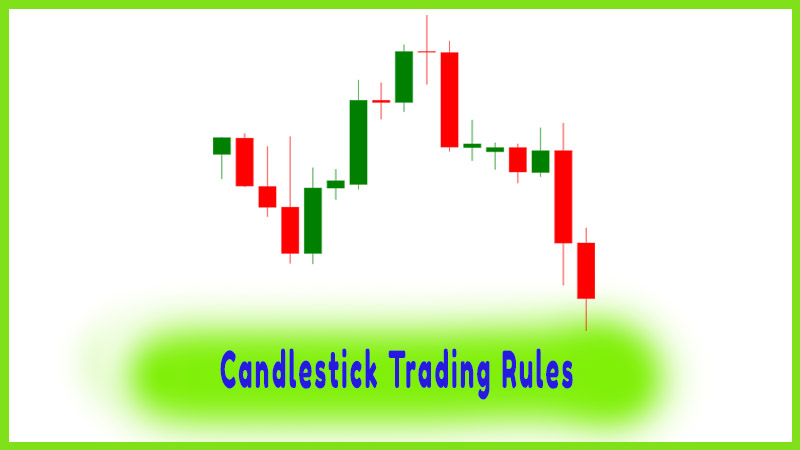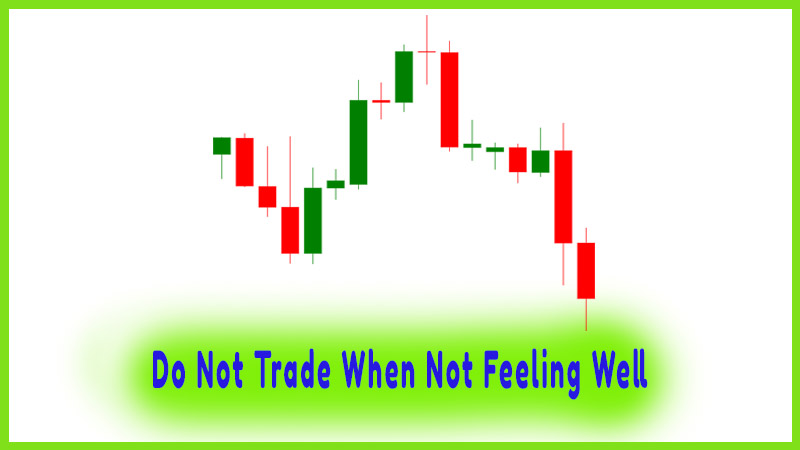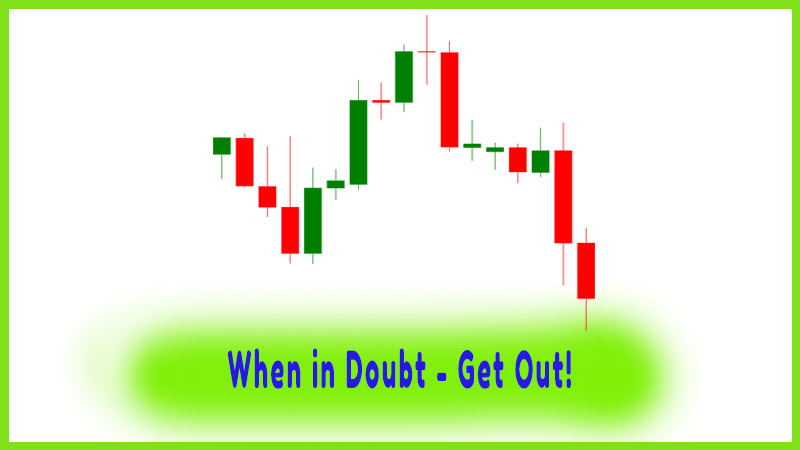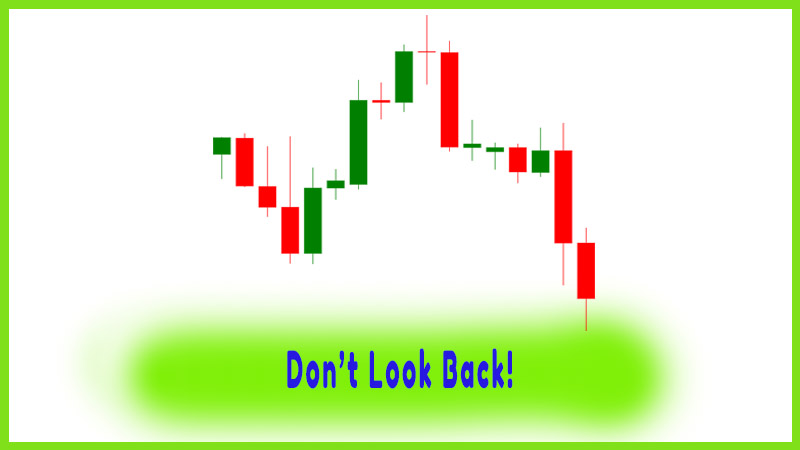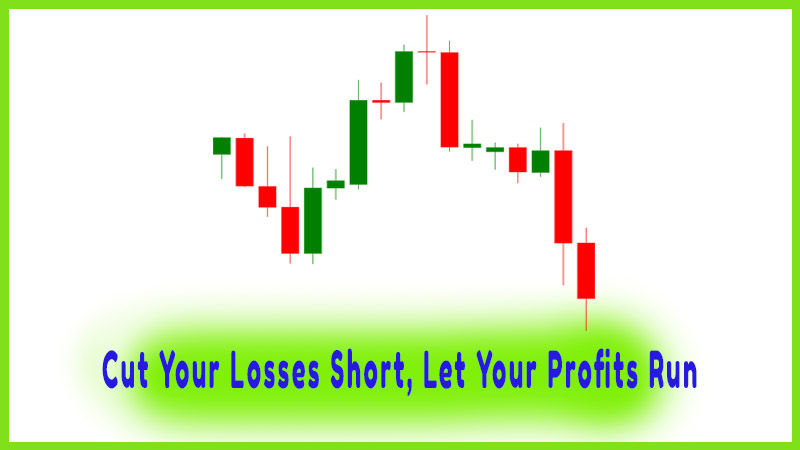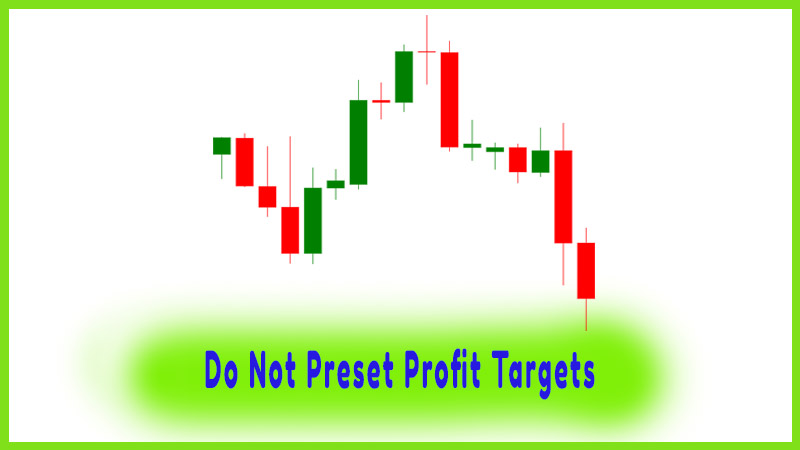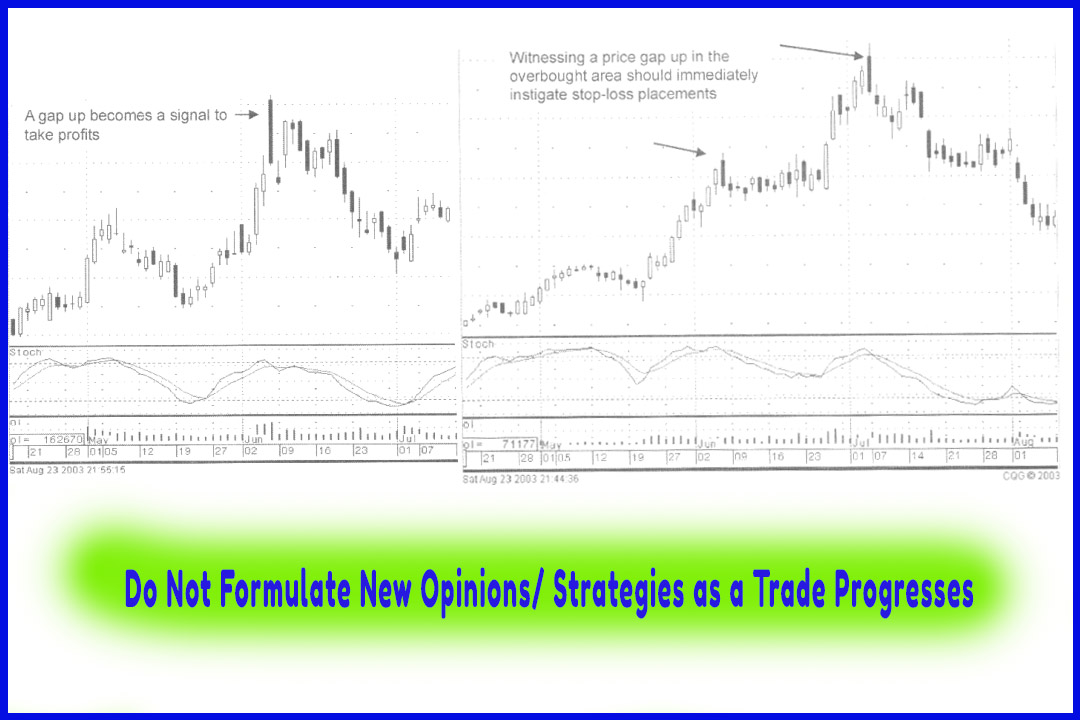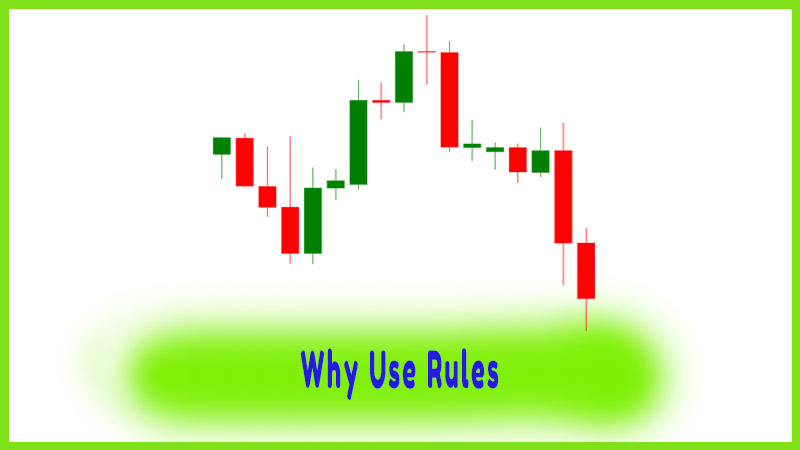The Fear of Selling Too Soon
Rules of Candlestick Pattern, best candle pattern, trading pattern
Course: [ How To make High Profit In Candlestick Patterns : Chapter 10. Candlestick Trading Rules ]
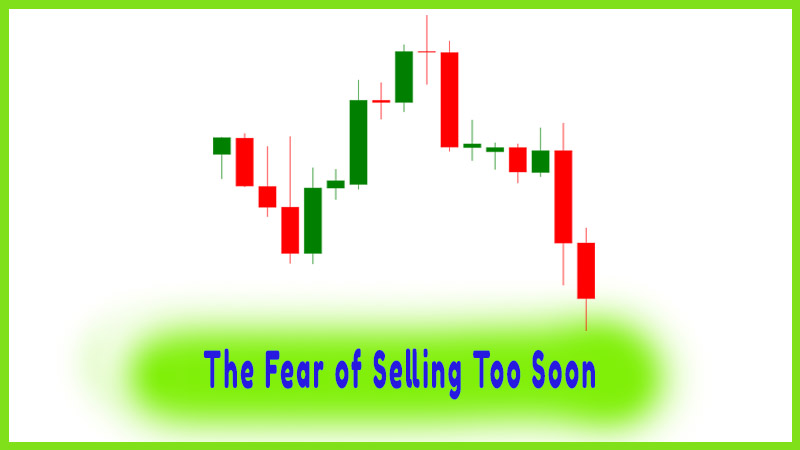
The inherent attributes candlestick signals provide is a format that indicates when the “probabilities” say it is time to sell. Most investors lose sight of the premise of their investment program. A good investment program indicates when it is time to buy and when is time to sell. These are the outstanding features found in candlestick signals.
The Fear of Selling Too Soon
Fear
works against most investors when it is time to take profits. Fear and greed!
The fear after taking profits on a trade, greed in that the price may continue
higher! How stupid we would look after buying a stock at $10, took profits at
$16 and two weeks later it was trading at $24! The first question should be,
“looking stupid to whom?” 99.9% of the time nobody other than yourself, knows
what trade you have made. The other .01% doesn’t give a hoot. They have their
own problems. What it boils down to is not looking stupid to you. Unfortunately,
this ego problem induces the majority of investors to continue to hold a
position well past the optimal “sell” time.
The
inherent attributes candlestick signals provide is a format that indicates when
the “probabilities” say it is time to sell. Most investors lose sight of the
premise of their investment program. A good investment program indicates when
it is time to buy and when is time to sell. These are the outstanding features
found in candlestick signals.
Profitable
investing requires discipline. That discipline involves following the
signals/indicators that are the basis for one’s investment program. There is
nothing wrong with buying a position when the indicators say to buy. There is
nothing wrong with selling a position when the indicators say it’s time to
sell.
Will
there be occasions when a price continues higher after you close out a
position? Definitely! There are two ways to resolve the emotions of that issue.
First, when an investor comes to the realization that if they execute their
trades based upon a trading program that provides a high percentage of
profitable results, they can always look back at a trade that continued higher
with solid investor logic. They bought when it was time to buy and they sold
when it was rime to sell. That trading discipline will work in favor of the
investor over the long run.
There is
nothing wrong with taking profits when the probabilities indicate that it is
time to take profits. Are there times when the signals are indicating a
profit-taking pullback in an uptrend versus a full-scale reversal? Certainly,
but being able to identify candlestick signals in the formation of high-profit
patterns allows an investor to take advantage of anticipated price movements.
The
perfect example is the J-hook pattern. After a strong positive move,
candlestick signals usually indicate the probability of a sell off.
Will that
sell off be 5% or 55%? That is a question that cannot be answered when the
reversal signals first appear. Why take the chance of holding a position that
may give back most of the profits?
The worst-case
scenario is a candlestick sell signal indicating it is time to take profits.
Four days later the price starts moving back up. If it appears as if a trading
pattern is forming, buy the position back. There is nothing wrong with buying
it back at a higher price. The point of investing is to put funds in positions
that show a high probability of producing profits. That will mean there will be
trends that provide opportunities to make “most” of the profits available from
that price move. The point of investing is to maximize your profits for your
account, not to try to maximize profits on every trade.
Averaging Down
The
concept of averaging down should not be in the realm of candlestick analysis.
Averaging own is performed by investors that do not incorporate a trading
strategy. Averaging down is the rationale for holding a position too long in
the first place. The swing trader clearly has analytical benefits using
candlesticks signals. Once a trade is executed, the negation of the candlestick
buy signal should create cause to close the position quickly. Cut your losses
short, let your profits run. Utilizing the simple stop loss analysis that
candlestick signals offer eliminates the need to consider averaging down.
The
long-term investor may have a different perspective. Averaging down might
occasionally be applied if the long-term chart has experienced a pullback but
not a sell signal. Even then, the analysis needs to involve one important
factor, “Is this the best place to be committing funds at this time?”
Money should not be allocated to a position for the sake of averaging down just
because an existing position is already in place.
How To make High Profit In Candlestick Patterns : Chapter 10. Candlestick Trading Rules : Tag: Candlestick Pattern Trading, Option Trading : Rules of Candlestick Pattern, best candle pattern, trading pattern - The Fear of Selling Too Soon
